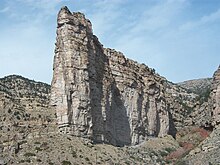HOW DO BACTERIA COME FROM?
Bacteria are living beings ) organisms ) so small that they can be seen only with a microscope which enlarges several hundred times. Therefore, they are called ''micro-organisms''.
Long before people were able to see bacteria, they knew about the results of bacteria at work. For example, people knew about the results of bacteria at work. For example, people knew that wine ferments, milk turns sour, and dead plants and animals decay. But people had superstitious or religious beliefs as to why this happened. Today, we know that bacteria are all about us-in the air, in water, in food, on the skin, and even inside the body. Bacteria multiply by splitting in half. There are no males or females among bacteria. If they have the right conditions and food for living, they will simply multiply and keep on multiplying.
Bacteria have only one cell which is more like that of a plant than an animal. The outside is a skinlike cover, or ''membrane,'' which is not waterproof. The inside is filled with a material called ''protoplasm'' and usually does not have a single center, or nucleus.
The outside cover is important because any chemical used to destroy the bacteria must be able to pass through the membrane. Around the whole is a slimy material which can change shape and oftern forms tiny threadlike tails, called ''flagella.'' Bacteria can move, although they have no feet. Some move by waving the flagella, and others seem to move by shortening and lengthening the cell, the way worms move.
Bacteria, as we know, cause diseases which we call ''infections.'' But bacteria can also be very helpful and useful to human beings.

























